1. What to Look for When Evaluating Middleware for Integration
- 미들웨어를 살 때, 어떤 걸 확인하면 되는지 목록을 만들어 놓았다.
- 목록
- Integration complexity and modularity
- memory management
- mass storage I/O access
- logging
- source code availability
- quality of source code
- platform portability
- licensing requirements
- cost
2. The Game Asset Pipeline
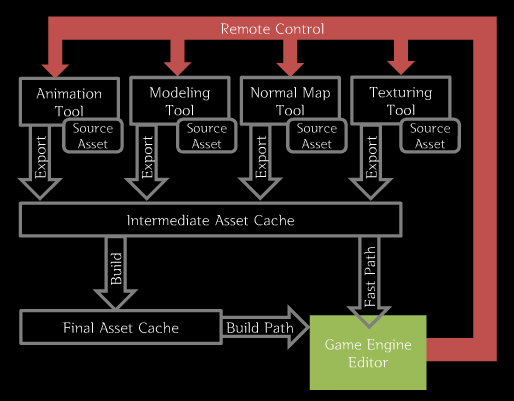
3. Volumetric Representation of Virtual Environments
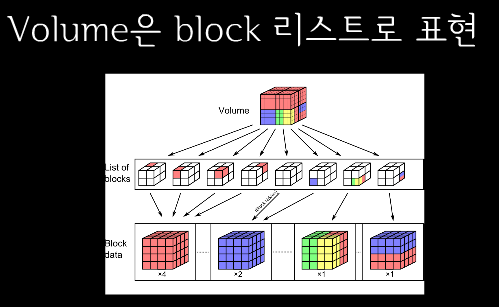
5. Environment Sound Culling
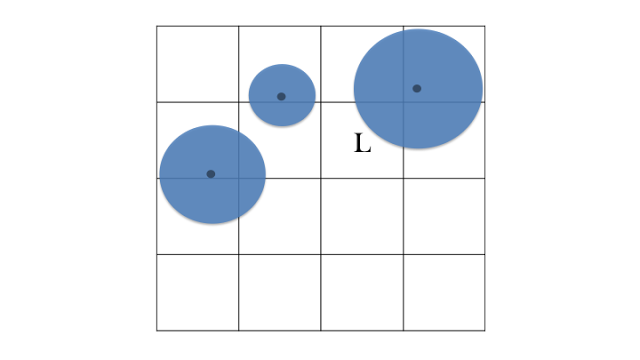
10. Camera Centric Engine Design for Multithreaded Rendering
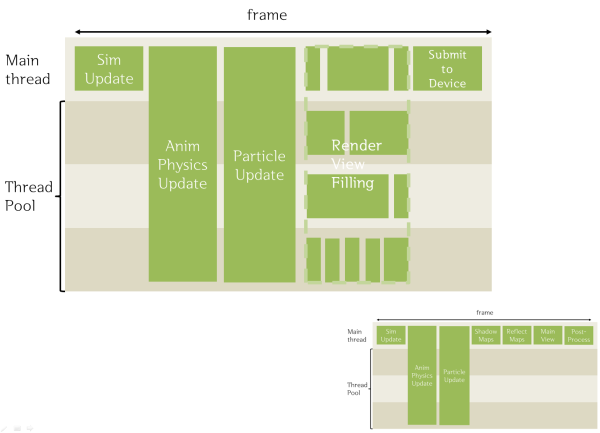
20. A Deferred Decal Rendering Technique
23. Dynamic Code Execution Hierarchies
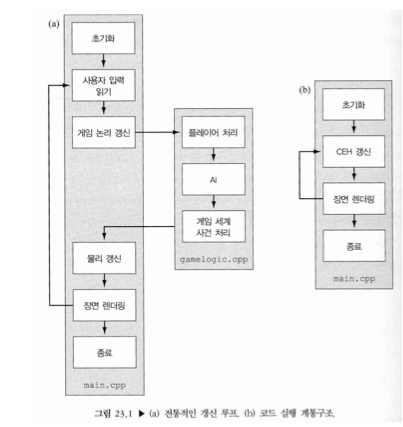
- code execution hierarchies
- 실행 시점에 동적으로 트리를 구축.
- tree traversal로 실행.
- 코드로 실행 흐름을 파악하기 힘들고 디버깅이 어려운 단점이 있다.
- 요즘 유행인 모듈 그래프 구현에 잘 맞아떨어지겠다.
- shader, animation 그래프 에디터에 쓰는 그 모듈 그래프
- http://cafe.naver.com/shader/1357
24. Key-Value Dictionary
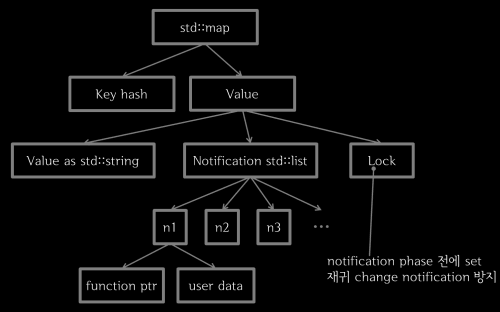
!review
Part I — Game Engine Design
-
- High-Level Pathfinding
-
- A GUI Framework and Presentation Layer
-
- World’s Best Palettizer
-
- 3D Stereoscopic Rendering: An Overview of Implementation Issues
-
- A Multithreaded 3D Renderer
-
- A GPU Managed Memory Pool
-
- Precomputed 3D Velocity Field for Simulating Fluid Dynamics
-
- Mesh Partitioning for Fun and Profit
-
- Moments of Inertia for Common Shapes
Part II — Rendering Techniques
-
- Physically-Based Outdoor Scene Lighting
-
- Rendering Physically-Based Skyboxes
-
- Motion Blur and the Velocity-Depth-Gradient Buffer
-
- Fast Screen-space Ambient Occlusion and Indirect Lighting
-
- Real-Time Character Dismemberment
Part III — Programming Methods
-
- Multithreaded Object Models
-
- Holistic Task Parallelism for Common Game Architecture Patterns
-
- A Basic Scheduler
-
- The Game State Observer Pattern
-
- Fast Trigonometric Operations Using CORDIC Methods
-
- Inter-Process Communication Based on Your Own RPC Subsystem






